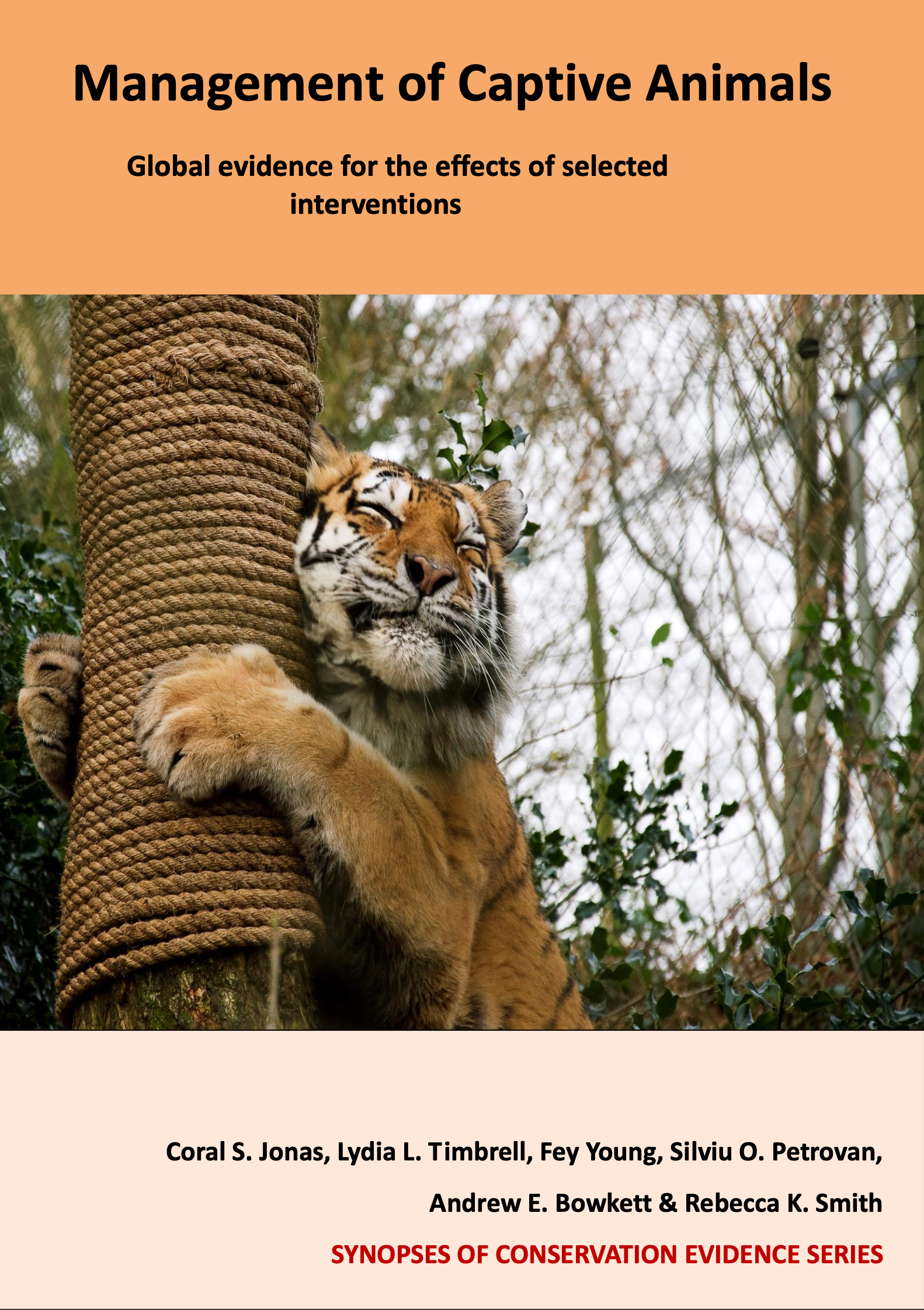Amphibians: Allow female mate choice
-
Overall effectiveness category Unknown effectiveness (limited evidence)
-
Number of studies: 2
View assessment score
Hide assessment score
How is the evidence assessed?
-
Effectiveness
50% -
Certainty
20% -
Harms
0%
Study locations
Supporting evidence from individual studies
A replicated, before-and-after study in 1994–1996 of roseate frogs Geocrinia rosea at Melbourne Zoo, Australia found that fertile eggs were only laid after females carrying eggs were introduced to males, recorded mating calls were played, sex ratios were manipulated, and frogs had been moved to an indoor enclosure with a mix of organic substrates, temporary flooding of enclosures. The only fertile spawning occurred in spring 1996, which contained 25 eggs, but they were destroyed by fungus. From 1994-1995 , two male and three sub-adult frogs were housed in two outdoor tanks (120 x 60 x 60 cm) with a sub-surface water depth 50-100mm. Males called when they were in outdoor enclosures, but fertile eggs were not produced until animals were moved to indoor tanks. From 1996, 6–7 frogs were housed in each of the five indoor enclosures.
Study and other actions testedA replicated, before-and-after study in 2006–2012 in Victoria and New South Wales, Australia found that husbandry interventions such as introducing females carrying eggs to males, allowing female mate choice, separating sexes during the non-breeding period, allowing females to gain significant weight before the breeding period, and playing recorded mating calls, increased clutch size and decreased egg mortality in captive southern corroboree frogs Pseudophryne corroboree, although no statistical tests were carried out. At Melbourne Zoo from 2006–2009 females were kept in the same breeding enclosure for the season and not moved (average clutch size: 17; egg mortality: 91%). In 2010, females were moved between two breeding enclosures (average clutch size: 20; egg mortality: 78%). In 2011, no female moves are reported, (average clutch size: 40; egg mortality: 70%). In 2012, females were moved between breeding tanks (average clutch size: 46; egg mortality: 27%). At Taronga Zoo in 2010, the three largest females were moved into other breeding tanks mid-season (average clutch size: 80; egg mortality: 72%). Movement of females is not reported for 2011 (average clutch size: 70; egg mortality: 25.5%), or 2012 (average clutch size: 54; egg mortality: 28%).
Study and other actions tested
Where has this evidence come from?
List of journals searched by synopsis
All the journals searched for all synopses
This Action forms part of the Action Synopsis:
Management of Captive Animals
Management of Captive Animals - Published 2018
Captive Animal Synopsis





)_2023.JPG)














